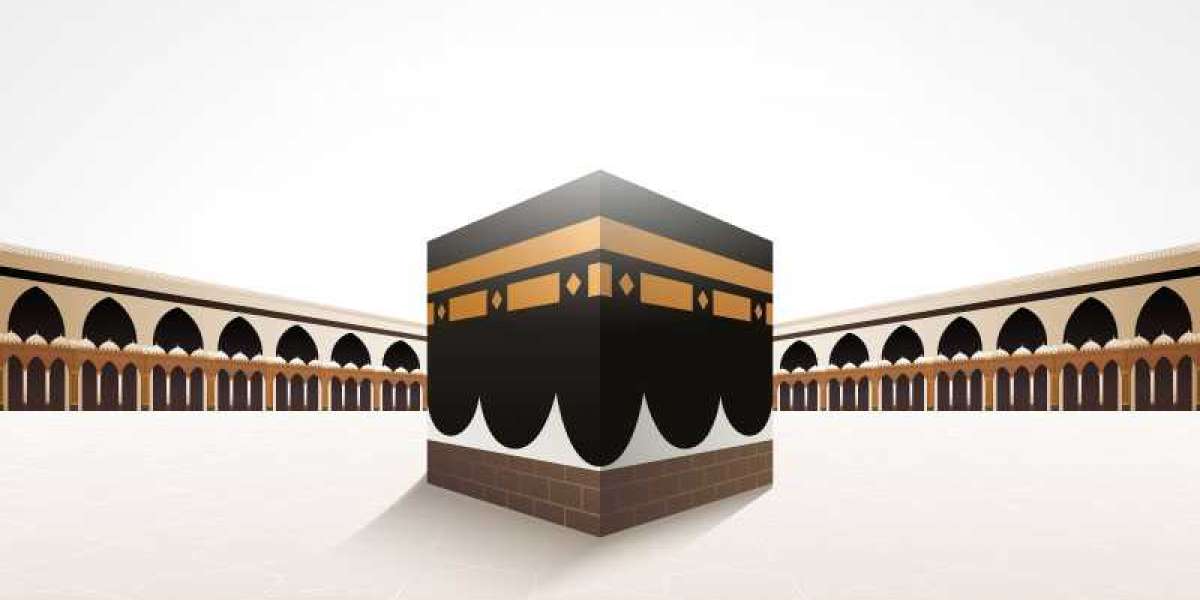Jannatul Baqi is not just a cemetery; it is a place of immense spiritual and historical importance for Muslims around the world. Located just a short walk away from the Prophet's Mosque (Masjid an-Nabawi) in Madinah, this sacred burial ground holds the remains of thousands of the Prophet Muhammad's (peace be upon him) companions, his family members, and many other revered figures from early Islamic history. To visit Jannatul Baqi is to take a step back in time and connect with the very first generations of Muslims. This guide will provide you with an overview of its history and offer practical advice on how to visit this holy place with the respect and reverence it deserves.
The Historical Significance of Jannatul Baqi
The history of Jannatul Baqi is deeply intertwined with the history of Islam. When the Prophet Muhammad (PBUH) migrated to Madinah, the area that is now Jannatul Baqi was a piece of land with a few trees. It was chosen as the main cemetery for the Muslims, with the first companion to be buried there being As'ad ibn Zurarah. From that point on, it became the final resting place for the early believers, a testament to their unwavering faith and dedication.
Over the years, the cemetery grew to hold some of the most significant people in Islamic history. Many members of the Prophet's family are buried here, including his son, Ibrahim, and several of his wives, known as the Mothers of the Believers, such as Aisha, Hafsa, and Zainab (may Allah be pleased with them all). The presence of such revered figures makes the cemetery a powerful symbol of the Prophet's personal life and family legacy.
It also holds the remains of thousands of companions, those who knew, loved, and fought alongside the Prophet (PBUH). Among them are key figures like Uthman ibn Affan (RA), the third caliph of Islam, and Imam Malik ibn Anas, the founder of the Maliki school of Islamic jurisprudence. When you stand at the edge of Jannatul Baqi, you are looking at the final resting place of heroes, scholars, and pious people who sacrificed everything for their faith. This alone is a humbling experience for any pilgrim.
One of the most striking things about Jannatul Baqi is the simplicity of the graves. They are humble, unmarked mounds of earth, without grand headstones or elaborate tombs. This reflects the deep humility of the early Muslim community and the Prophet's teachings, which discouraged ostentatious displays in death. This simplicity is a powerful reminder that in death, all people are equal, and what matters is one's deeds, not their worldly status. It is a lesson in humility and a stark contrast to many other cemeteries around the world. The serene atmosphere of this historical site is something many people cherish, whether they are visiting as part of their regular prayers or while on a special pilgrimage, such as those traveling on umrah in ramadan packages.
Guidelines for Visiting
Jannatul Baqi is a place of immense sanctity, and it is important to follow the proper guidelines when visiting. The cemetery is open to visitors during specific times of the day. Traditionally, it opens after Fajr (dawn) prayer and closes before the sun gets too hot, and then reopens after Asr (afternoon) prayer until Maghrib (sunset) prayer. These hours are in place to ensure that the site is well-maintained and that visitors can come at times when the weather is most comfortable.
There are also specific rules for men and women. Men are allowed to enter the cemetery to offer prayers and salutations to the deceased. Women, however, are traditionally advised not to enter the cemetery itself but can stand outside the perimeter walls to offer their prayers. It is important to respect these guidelines and maintain a respectful distance. For both men and women, dressing modestly is essential. This means wearing clothing that covers the body appropriately, just as one would for visiting Masjid an-Nabawi. This respectful attire shows reverence for the sacredness of the place and the souls resting within.
Etiquette and Respectful Conduct
When you visit Jannatul Baqi, it is important to remember the purpose of your visit. It is a place for du'a (supplication), to pray for the forgiveness and mercy of the souls resting there, and to reflect on the meaning of life and death. It is not a place for worshipping graves. The Prophet (PBUH) taught that prayers should be offered to Allah alone. When you are inside or at the perimeter, you should maintain a solemn and reverent atmosphere, avoiding loud conversations, laughter, or other distractions.
There are also a number of prohibited actions that you must be aware of to ensure your visit is respectful. Firstly, taking pictures or videos is highly discouraged. The focus should be on personal reflection and prayer, not on capturing images. Secondly, it is strictly forbidden to touch or kiss the graves. This practice is considered an innovation and goes against the teachings of the Prophet (PBUH). Lastly, you must not sit on or walk over the graves. These are the final resting places of people who are revered in our history, and they deserve our utmost respect.
A simple and beautiful way to offer salutations is to stand at the entrance or inside the cemetery and say, "Assalamu alaykum, O people of the graves." You can then recite a short prayer for the deceased, such as "O Allah, forgive them and have mercy on them." This act of respect and remembrance is the most meaningful part of the visit. It is through these simple acts that we connect with the legacy of those who have passed before us. Knowing the correct etiquette, such as how to perform umrah during ramadan, helps you navigate your entire pilgrimage with a greater sense of purpose and respect for all holy sites.
A Final Thought
A visit to Jannatul Baqi is a deeply moving experience that adds a profound dimension to any trip to Madinah. It is an opportunity to walk on the same ground as the companions of the Prophet, to offer prayers for their souls, and to reflect on the legacy they left behind. By visiting this sacred cemetery with proper respect and understanding, you can strengthen your own faith and gain a deeper appreciation for the rich and beautiful history of Islam.








